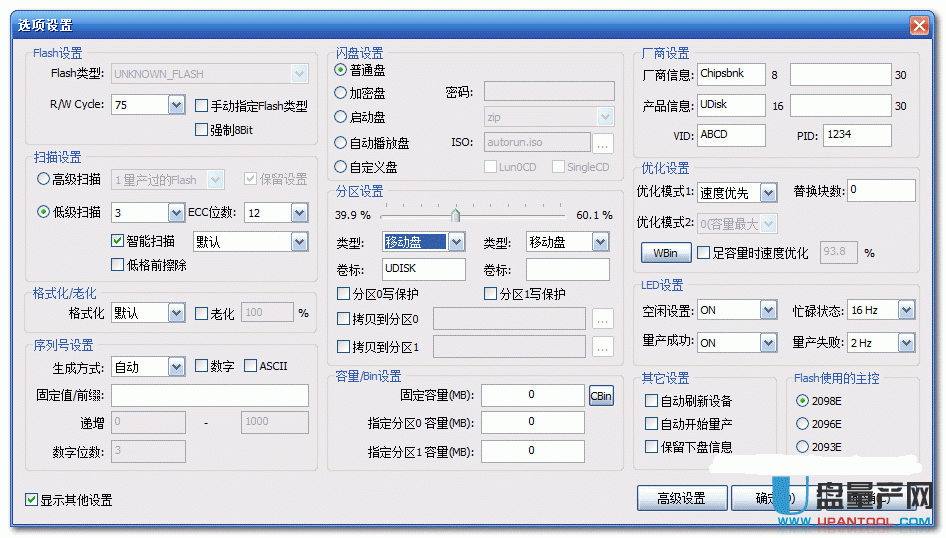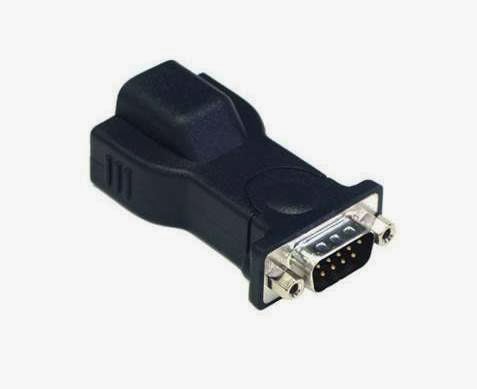
General Udisk Usb Device Driver
35 rows Udisk Driver for Windows 7 32 bit, Windows 7 64 bit, Windows 10, 8, XP.
I have 2 Kingston 16GB flash memory sticks. One of them (along with 9 other USB flash memory sticks I have) get mounted as drive G: by Windows. The other Kinsgton drive gets mounted as I.
In the past, both Kingston devices acted just like all my other USB flash memory drives, but I've obviously don't something to the one. I may have had it formatted as an NTFS drive, but I've reformatted it to FAT32. I've re-reformatted it using the 'Restore device defaults'. Nothing seems to help. As near as I can see its characteristics are identical to the other Kingston drive. This is obviously not an earth-shaking problem, but I'd like to know what I've done, why Windows is reacting to whatever I've done, and whether it presages problems with this device. And by the way, how does Windows decide what drive letter to assign to a USB drive?
I know it picks a different letter for FAT32 and NTFS drives so there must be some sort of logic process going on. Computer Type: PC/Desktop System Manufacturer/Model Number: 2-Custom Computers, ASUS Desktop, Dell Inspiron 580 Desktop + Dell Inspiron 15R Notebooks [2] + more OS: Win10 Home and Pro, Win10 Insider Preview, WinXP Home Premium, Linux Mint CPU: AMD and Intel Motherboard: ASUS, GigaByte, others Memory: 16GB in ASUS, max. 4GB or 8GB in all others Graphics Card: AMD ATI Radeon or Onboard, ASUS with nVidia GT-710 Sound Card: Onboard Monitor(s) Displays: HP 21.5' Touchscreen, ASUS 27' 4-input Screen Resolution: Usually 1440x900 Mouse: Microsoft Optical Mouse, Wireless and Bluetooth mice with Notebooks Hard Drives: Various internal HDDs and USB HDDs plus 2 x 2TB NAS drives connected to Router.
Internet Speed: 5Mbps Browser: Internet Explorer 11, Firefox and SeaMonkey, Edge when absolutely necessary Antivirus: Windows Defender Other Info: Also running Linux Mint on a Desktop and a Notebook. HP Laserjet and HP Officejet printers connected to Router. I just went into Disk Management and tried messing around with drive letter assignment. I tried deleting the letter assignment (I:) for this device, but Windows took that very literally. It no longer assigned any drive letter to the device. I then changed the assigned letter to G: - the same as is dynamically assigned by Windows to all my other USB flash memory drives, but I assume that Windows will now try to use G: for this device even if it has reason to switch to H: for other USB drives. Apparently there is something (in the registry?) that is mapping some identifying hardware characteristic of this device to the assigned drive letter.
Or maybe something stored in the device itself. (Something that is note restored when restoring to factory defaults.).
If you have been using USB flash drives, you might be familiar with some of these error messages. • 'USB device not recognized.' • 'The device you connected to this computer malfunctioned, and Windows does not recognize it.' • 'One of the devices attached to this computer has malfunctioned, and Windows does not recognize it. For assistance in solving this problem, click this message.' • 'Unknown drive, port reset failed.'
• 'Unknown device, descriptor request failed, error code 43.' • 'Drive did not load successfully.' If you are just starting to use memory sticks, expect to see these messages popping up in the right bottom corner of your computer screen. The flash drives get malfunctions with time and use, and can stop working completely. The messages usually indicate that your internal storage device or computer has some issues that need to be solved.
Dolzhnostnaya instrukciya predsedatelya komiteta po delam molodezhi. Dzhabarov M.V. Vstupitel'noe slovo V. Dzhabarova – pervogo zamestitelya predsedatelya Komiteta Soveta Federatsii po mezhdunarodnym delam, chlena pravleniya Integratsionnogo kluba pri Predsedatele Soveta Federatsii // Analiticheskiy vestnik.

In addition to the above mentioned errors, there are other less serious errors of flash sticks that should not make you panic, such as: • 'This USB device can perform faster if you connect it to a high-speed USB 2. For a list of available ports, click here' (common in Windows 7). • 'Generic volume cannot be stopped right now.' • 'The disk is write protected, remove write protection or use another disk.'
• 'Pen drive is detected, but not showing in My Computer.' • 'Please insert disk into drive.'
You will listen to four recorded texts, monologues and conversations by a range of native speakers, and write their answers to a series of questions. The Listening test is the same for both IELTS Academic and IELTS General Training modules. English listening test. The IELTS Listening test will take about 30 minutes, and you will have an extra 10 minutes to transfer your answers to the answer sheet. These include questions which test the ability to understand main ideas and detailed factual information, ability to understand the opinions and attitudes of speakers, ability to understand the purpose of what is said and ability to follow the development of ideas. A variety of voices and native-speaker accents are used and you will hear each section only once.
• 'Please insert a disk into drive windows.' • 'Can’t format the drive, quit any disk utilities or other programs that are using this drive, and then try formatting again.'
• 'Please insert disk into removable disk.' • 'Format Disk' and of course.' • 'USB Device Not Recognized or Malfunctioned.' You may have to forget about your data storage gadget if you see some of these error messages on your screen, or if your USB flash drive is not showing up or not detected. Your drive could be dead, and the best thing to do is to recover data or files contained in it.
In this article, I will show you how to fix an unrecognized USB flash drive (i.e., one that is not recognized in Windows 10, Windows 8, Windows7, Windows XP and other systems). I will also teach you how to repair a broken USB stick.